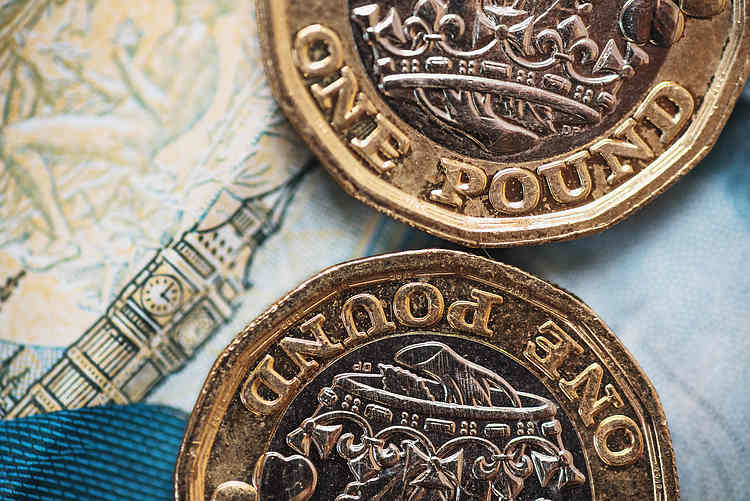- GBP/USD struggles to gain any meaningful traction and remains confined in a range.
- A bleak UK economic outlook and bets for a BoE rate cut in 2024 weigh on the GBP.
- A subdued USD demand acts as a tailwind ahead of BoE’s Bailey and Fed’s Powell.
The GBP/USD pair lacks any firm intraday direction on Wednesday and oscillates in a narrow band below the 1.2300 mark during the Asian session. Spot prices, meanwhile, hold above the weekly low touched on Tuesday and for now, seem to have stalled this week’s rejection slide from the 200-day Simple Moving Average (SMA), around the 1.2425-1.2430 area, or the highest level since mid-September.
Traders seem reluctant to place aggressive bets and opt to remain on the sidelines ahead of scheduled speeches by the Bank of England (BoE) Governor Andrew Bailey and Federal Reserve (Fed) Chair Jerome Powell. Given that the risk of the UK economy entering a recession is high, Bailey’s remarks will be looked upon to reaffirm bets for a rate cut in August 2024. In fact, the BoE’s Chief Economist Huw Pill said on Monday that the central bank might wait until the middle of next year before cutting interest rates from their current 15-year high. This might continue to weigh on the British Pound (GBP) and favours the GBP/USD bars.
Investors, meanwhile, will closely scrutinize Powell’s comments for cues about the future rate-hike path, which will play a key role in influencing the near-term USD price dynamics. The US central bank last week noted that financial conditions may be tight enough already to control inflation. The markets took this as a sign that the Fed was done with its policy-tightening campaign. Adding to this, the softer US jobs report released on Friday reaffirmed the view that the Fed will maintain the status quo for the third straight time in December and triggered a sharp US Dollar (USD) retracement slide from the vicinity of the YTD peak.
That said, a slew of influential FOMC members stuck a hawkish tone this week and kept alive hopes for additional rate hikes. This led to a goodish USD recovery from a multi-week low touched on Monday. However, a further decline in the US Treasury bond yields and the prevalent risk-on mood fails to assist the safe-haven buck to build on its gains registered over the past two days. This, in turn, is seen as the only factor lending some support to the GBP/USD pair. The aforementioned fundamental backdrop, meanwhile, favours bearish traders and suggests that the path of least resistance for spot prices remains to the downside.
